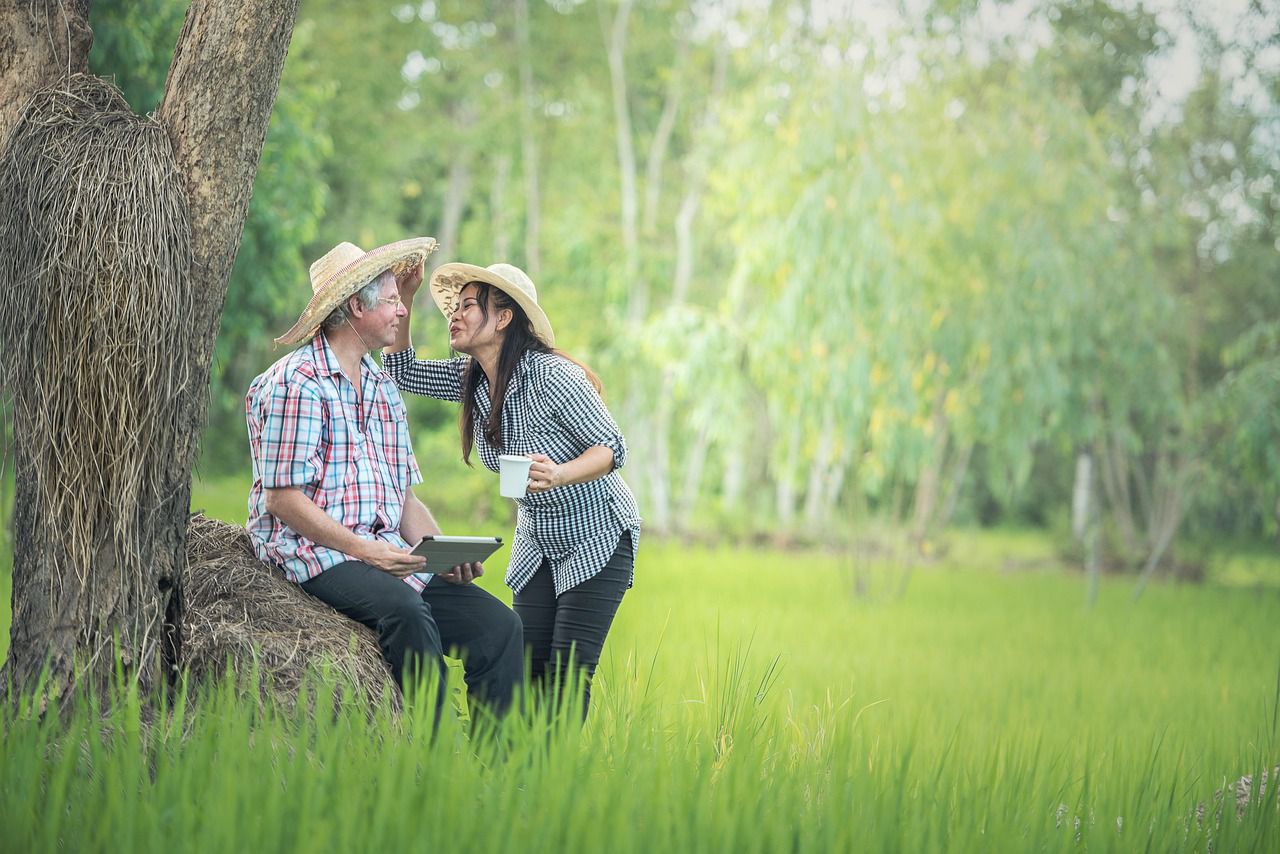What gardeners of the past did from late fall to spring: Gardening history
Gardeners of the past followed various practices from late fall to spring to ensure the health and productivity of their gardens.
These practices were influenced by the changing seasons, climate, and available resources.
Here are some common activities that gardeners of the past engaged in during this period.
Harvesting and Preserving
In late autumn, gardeners would gather the remaining fruits, vegetables, and herbs from their gardens before the first frost.
They would then preserve their harvest through methods such as canning, drying, fermenting, or storing in root cellars.

Soil Preparation
Gardeners would amend and prepare the soil for the upcoming growing season.
They might add compost, manure, or other organic matter to enrich the soil and improve its structure.
Planting Cover Crops
To protect and improve the soil, gardeners might plant cover crops like winter rye, clover, or legumes.
These plants help prevent erosion, suppress weeds, and contribute organic matter to the soil when tilled in later.
Pruning and Trimming
Gardeners would prune trees, shrubs, and perennial plants to remove dead or diseased branches and promote healthy growth.
Planning and Seed Selection
During the winter months, gardeners would plan their next year's garden layout, decide on crop rotations, and select seeds for spring planting.
Livestock Care
If they kept livestock, gardeners would also focus on animal care during the winter months, ensuring their animals had proper shelter, feed, and care.
